$79.97 Original price was: $79.97.$55.98Current price is: $55.98.
SKU: D2LSC 8287344692 Categories: FRAGRANT PLANTS, HOT SALE
- Free Shipping Worldwide
- Multiple payment options for secure shopping with SSL
- The best quality products, always.
- Multiple payment methods, safe and reliable

Woodlanders Blue Zenobia
Zenobia pulverulenta ‘Woodlanders Blue’
Plant Details
USDA Plant Hardiness Zones: 6a-9b Find Your Zone
Plant Type: Semi-Evergreen Flowering Shrub
Height at Maturity: 3-4′
Width at Maturity: 4-5′
Spacing Suggestions: 3′ for solid hedges; 7’+ for space between plants
Growth Habit / Form: Mounding, Bushy, Arching
Growth Rate: Slow to Moderate
Flower Color: White
Flower Size: .25″
Flowering Period: Late Spring, Early Summer
Flower Type: Single
Fragrant Flowers: Yes, citrus
Foliage Color: Whitish Blue-green
Fragrant Foliage: No
Berries: Fruits are 5-valved capsules
Berry Color: NA
Sun Needs: Full Sun or Mostly Sun, Morning Sun with Dappled or Afternoon Shade, All Day Filtered Sun, Morning Shade with Evening Sun
Water Needs: Average, low when established
Soil Type: Clay (amended), Loam, Sandy (amended), Silt(Amended)
Soil Moisture / Drainage: Well Drained Moist to Consistently Moist
Soil pH: 5.0 – 6.5 (Acid to Slightly Acidic)
Maintenance / Care: Very Low
Attracts: Visual Attention
Resistances: Deer, Disease, Drought, Heat, Insect, Consistently Moist Soil
Description
‘Woodlander’s Blue’ Zenobia, also known as Honeycup or Dusty Zenobia, is an easy-to-grow rare but treasured North American native flowering shrub that shines in the landscape with its light, dusty blue-grey foliage. In late spring to early summer clusters of fragrant, bell-shaped, citrus-scented white flowers similar to those of Pieris dangle from the ends of arching stems on low shrubs 3 to 4 feet tall and maybe a little wider. The color show continues in fall when the foliage turns bright yellow and reddish-purple. A outstanding native that deserves a spot in every garden where it will grow!
Landscape & Garden Uses
Growing in an arching mound that reaches 3 to 4 feet tall and 4 to 5 feet wide, the Woodlanders Blue Zenobia is ideal for use as an accent, in groupings or in mass plantings in sunny to partly shady areas of the landscape. It’s arching dusty grey-blue foliage provides wonderful contrast of color when combined with plants that have dark color.
Suggested Spacing: 3 feet apart for solid hedges; 7 feet or more apart for space between plants
How To Measure Total Square Feet Of A Planting Area
How Many Plants Needed To Cover A Planting Area?
Cultural Preferences
Though Zenobia is native to bogs and wet areas in the Coastal Plains of the Southeast it also performs very well in normal inland garden conditions in USDA Zones 6a to 9b. Woodlanders Blue Zenobia grows in most any moist to moderately drained soil of average fertility and full sun to part shade. Full sun provides the brightest foliage color and density. Zenobia tolerates more moisture than many other shrubs but is also tolerant of dry soil conditions when established. Maintenance is minimal unless you prefer a more formal shape, which requires an annual pruning or two for shaping purposes.
Plant Long & Prosper!
Meet The Wilson Brothers & Staff
Questions? Contact Us
Perfect, big plant. Zenobia is an underutilized native plant that provides 4 season beauty!————————————————–We are so glad you are pleased and we hope you enjoy it for years to come! Thanks for the great review! 🙂 Beth Steele | WBG
Be the first to review “Woodlanders Blue Dusty Zenobia (Honeycup) – 3 Gallon Pot” Cancel reply
Related products
New
FRAGRANT PLANTS
New
FRAGRANT PLANTS
New
New
New
FRAGRANT PLANTS
Winter Gold Edgeworthia Chrysantha – Paper Bush – 3 Gallon Pot
New
FRAGRANT PLANTS
New
FRAGRANT PLANTS
New
FRAGRANT PLANTS






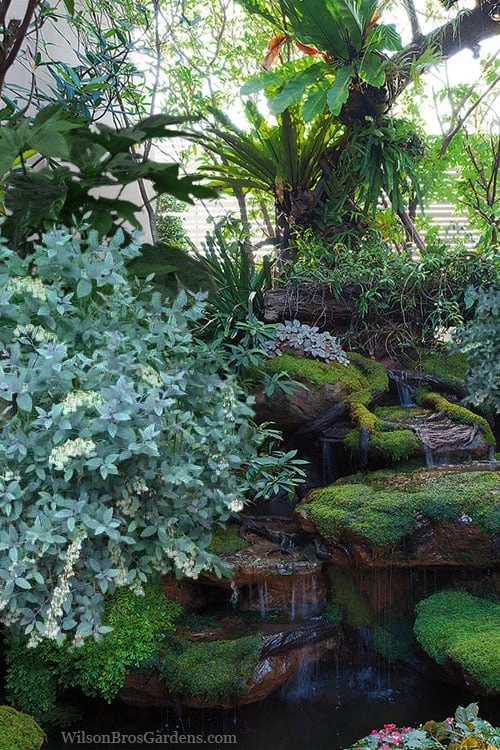
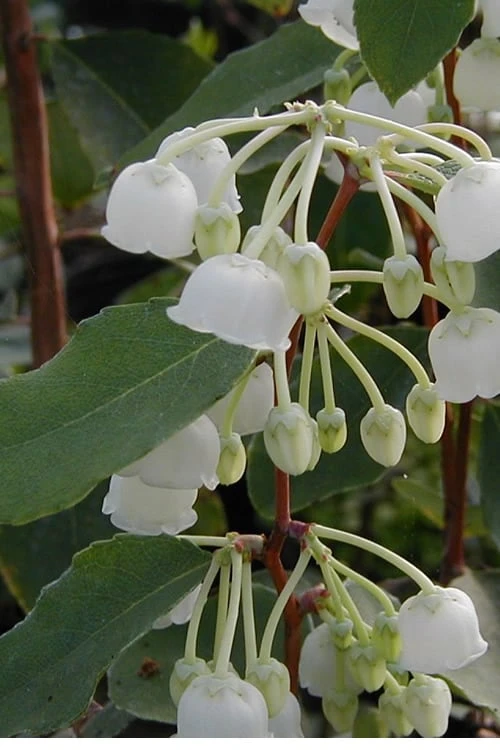

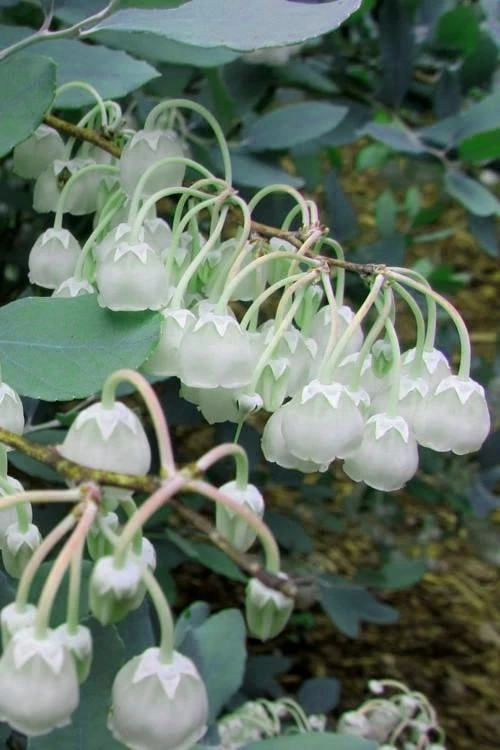
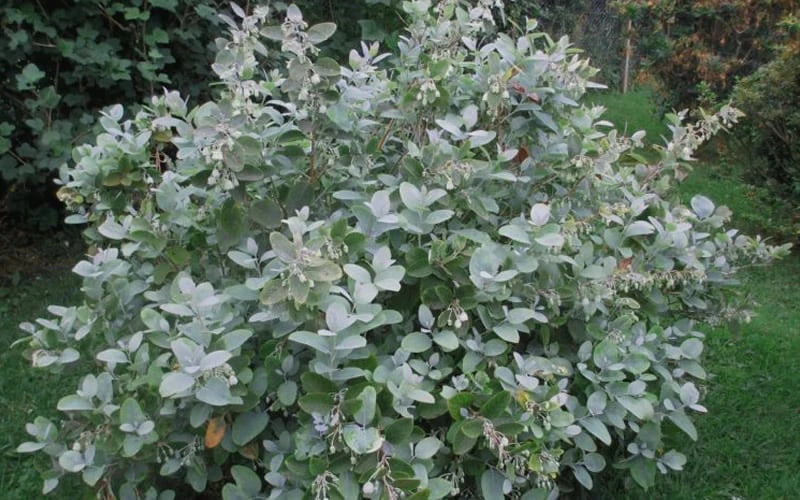


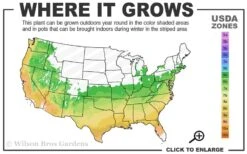
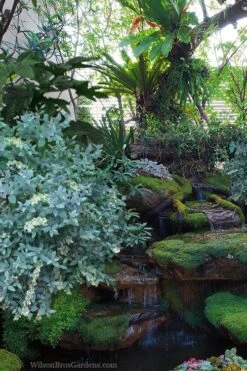
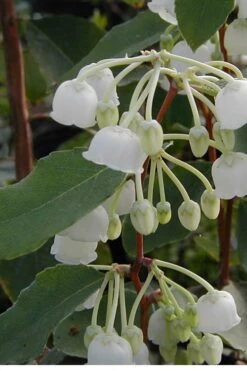

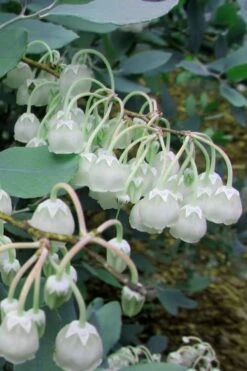
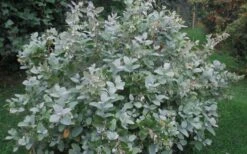
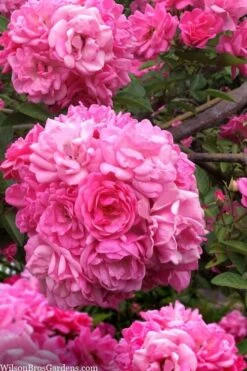
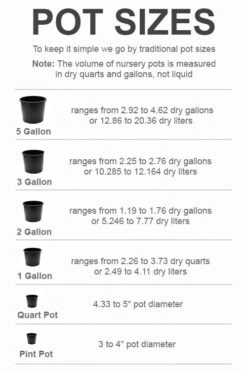
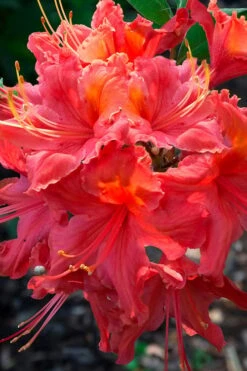
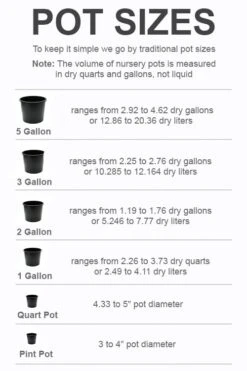

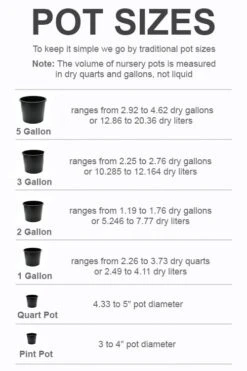



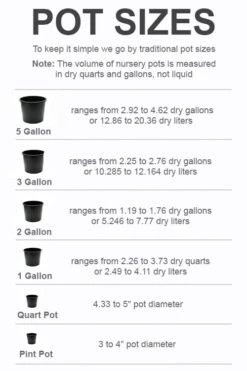

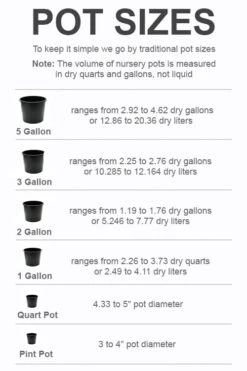
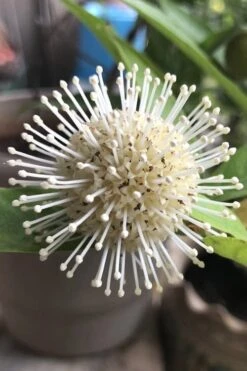


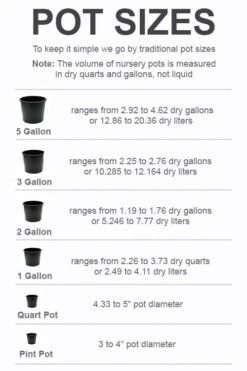
Reviews
There are no reviews yet.